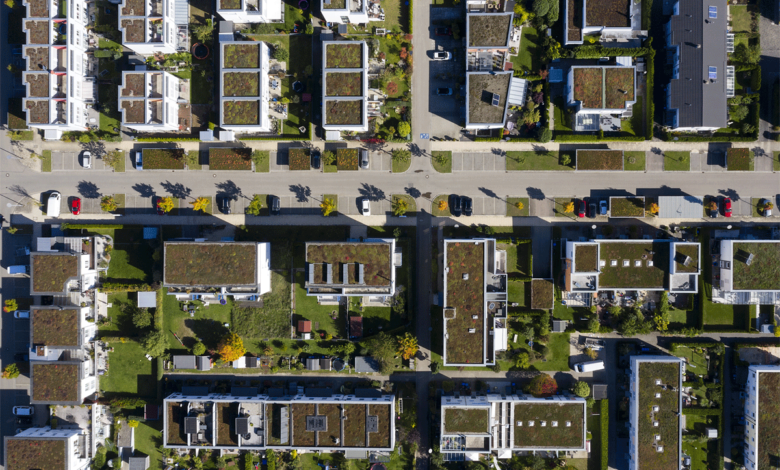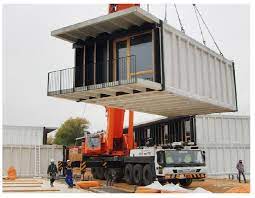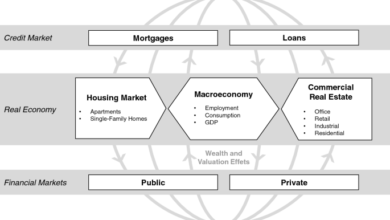The Growth of Real Estate Investment in Mixed-Income Housing Developments

In recent years, there has been significant growth in real estate investment in mixed-income housing developments. Mixed-income housing developments are residential projects that combine affordable housing units with market-rate units in the same building or community. These developments are designed to provide housing options for people from a range of income levels, including low-income families, moderate-income individuals, and high-income earners.
The growth in real estate investment in mixed-income housing developments can be attributed to several factors. One of the main drivers is the increasing demand for affordable housing in urban areas. As urbanization continues, housing prices in many cities have skyrocketed, making it difficult for low- and moderate-income families to find affordable housing. Mixed-income housing developments provide an opportunity for developers to meet this demand while also generating profits from market-rate units.
Another factor contributing to the growth of real estate investment in mixed-income housing developments is the increasing focus on social responsibility and sustainable development. Many investors and developers are now prioritizing projects that not only generate profits but also have a positive impact on the communities in which they are located. Mixed-income housing developments can provide affordable housing options, improve access to services and amenities, and promote social integration and diversity.
Furthermore, governments at all levels are increasingly providing incentives for the development of mixed-income housing projects. In some cases, tax credits, grants, and other financial incentives are available to developers who include affordable housing units in their projects. These incentives can make mixed-income housing projects more financially viable and attractive to investors.
Overall, the growth in real estate investment in mixed-income housing developments is a positive trend that can help address the affordable housing crisis while also generating profits for developers. As demand for affordable housing continues to increase, we can expect to see continued investment in these types of projects in the years to come.
Mixed-income housing developments offer a range of benefits for both residents and the wider community. By integrating affordable housing units with market-rate units, these developments can promote social and economic diversity, reducing concentrations of poverty and fostering greater social cohesion. Mixed-income communities can also improve access to services and amenities, such as public transportation, healthcare, and education, that may be lacking in lower-income neighborhoods.
In addition, mixed-income housing developments can help to address the shortage of affordable housing in urban areas. These projects typically include a mix of subsidized and market-rate units, providing a range of housing options for people from a range of income levels. By increasing the supply of affordable housing, mixed-income housing developments can help to stabilize housing costs and prevent the displacement of long-term residents due to rising rents.
Despite the many benefits of mixed-income housing developments, there are also some challenges to their implementation. One of the main challenges is balancing the need for affordable housing with the financial viability of the project. Developers must find ways to make the project financially sustainable while also ensuring that a sufficient number of affordable units are included. This can be a delicate balance, requiring careful planning and negotiation with community stakeholders.
Another challenge is ensuring that the development is well-designed and well-managed, with adequate services and amenities for all residents. This includes ensuring that affordable units are not located in less desirable parts of the development and that all residents have access to common areas and amenities. Effective property management and community engagement are critical to the success of mixed-income housing developments.
Despite these challenges, the growth in real estate investment in mixed-income housing developments is a positive trend that can help to address the affordable housing crisis while promoting social and economic diversity. With careful planning and collaboration between developers, community stakeholders, and government entities, these projects can be successful in meeting the needs of residents and the wider community.



